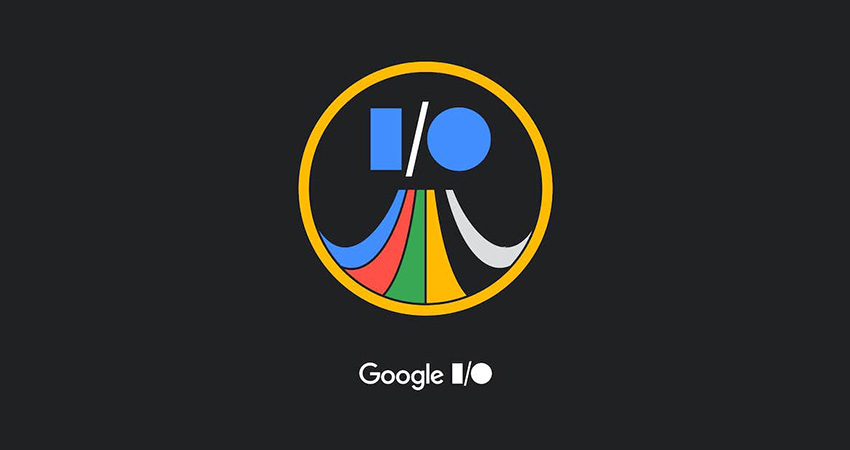Google used its 2023 I/O developer conference to announce its integration of generative AI everywhere (credit: Google)
Google is pulling out all the stops to incorporate generative AI across its ecosystem, in an effort to demonstrate to the world that the search giant is a leader and not a follower when it comes to the biggest disruptive technology to hit the business world in decades.
A handful of new products were announced at the Google I/O developer conference last week, built on its Vertex AI generative platform and under its Google Cloud division. They enable a range of capabilities that can help retailers do things like create images and marketing copy, build software code from text and communicate with customers across language barriers.
So much so, that Google received a good bit of criticism from analysts and observers for making the I/O event so heavily weighted toward generative AI.
At the same time, a beta version of Bard, Google’s generative AI chatbot within its Chrome search engine, is available to the public. Some early testers have called Bard underwhelming compared to OpenAI’s ChatGPT, incorporated into Microsoft’s Bing search engine, Business Insider reports. According to SEMrush, Bing saw a 50% surge in search traffic between December and April after adding ChatGPT the previous month. The growth has slowed since.
“Billions of consumers are already using AI as part of their everyday lives,” said Amy Eschliman, managing director of cloud retail industry solutions at Google. “AI has already been shaping retail, helping to streamline operations, improve inventory management and make customer service more efficient. Generative AI changes that yet again amazing ways.”
Eschliman said Imagen, Google’s new text-to-image model, lets users generate and customize studio-grade images using text prompts. For instance, product, package and fashion design teams can create several concepts with a variety of interchangeable elements through text-based prompts. “Marketers can generate multiple versions of campaigns to target various audience segments, rather than building bespoke creative for each,” she said.
Chirp, a speech-to-text model trained on millions of hours of audio, supports 100 languages and allows retailers to build voice-enable apps and automated agents that understand accents and nuances. “I definitely see consumer demand for more of that,” said Eschliman, who ran a contact center during her 20+ years in retail, including stints at Williams-Sonoma and Sephora. “The tricky part is getting voice of the customer data back in a way that’s actionable. My opinion of an interaction is going to be different than yours. You can run much more fact-based analysis directly from customers.”
The fact that Vertex AI uses reinforcement learning based on human feedback specific to each organization enables them to train the model so it’s specifically adapted to their business. For instance, creation of copy based on a product image can be done in a way that maintains brand voice, she said.
“The ability to train the model to reflect elements as subtle as brand voice using reinforcement learning drives a lot of value in this space,” Eschliman said. She added that the data generated is retained by each individual organization, and is not used to train the Large Language model at the core of Vertex.
Asked about IP and copyright cases that have already arisen with the explosion in generative AI, which the U.S. Copyright Office is seeking to address, Eschliman said Google has been meeting with publishers and rights holders, taking this responsibility “really seriously.”
“Generative AI creates all kinds of opportunities for publishers,” she said. “We’ve seen similar transitions in the past, like the way digital images changed the artistic field. The world is very different now. We’ve heard the concerns and questions from rights holders around AI content. We’ll continue to prioritize our approach to support a healthy open web and benefits from technology, ensuring publishers and creators can protect their work.”
In terms of the superheated competition for generative AI dominance, including Microsoft’s first-mover position with ChatGPT, Eschliman said Google is hardly new to the AI game. She noted its development of Transformer in 2017, an innovative recurrent neural network used in language modeling and machine learning.
“We’ve been in this space for a while, and we’re excited to see so much interest in it,” she said, noting customers using Google’s AI capabilities include home furnishings retailer Wayfair and marketplace Mercari. “Our focus remains on being pragmatic in our approach, particularly in retail, with an eye toward time to value, helping accelerate efforts to drive value for businesses.”

